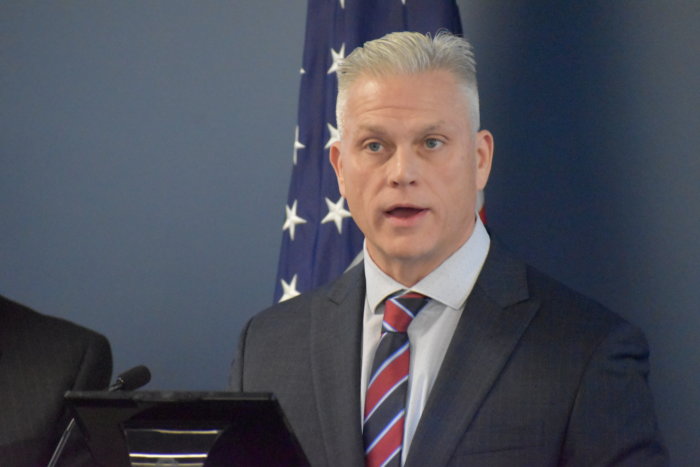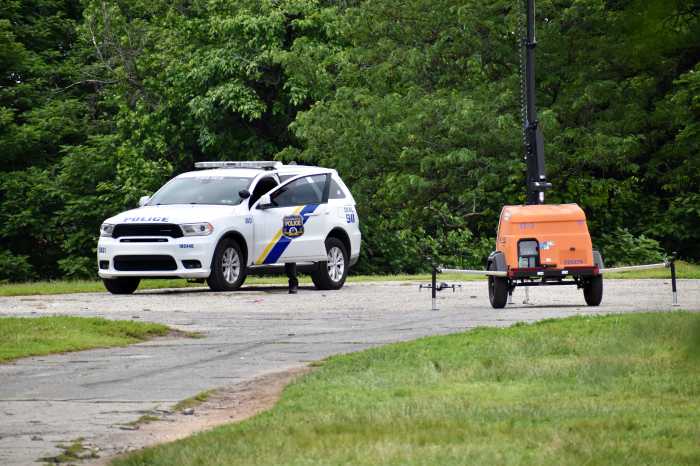The name of a boy found dead inside a cardboard container in 1957 in Fox Chase – perhaps Philadelphia’s most enduring mystery – was revealed Thursday.
Investigators used DNA evidence and genealogical research to identify the “Boy in the Box” as Joseph Augustus Zarelli, a 4-year-old from West Philadelphia.
But vexing questions remain. Authorities declined to release the names of Joseph’s parents and said they have not determined who was responsible for his death.
“We have our suspicions as to who may be responsible, but it would be irresponsible of me to share these suspicions as this remains an active and ongoing criminal investigation,” Philadelphia Police Homicide Captain Jason Smith said Thursday.
Smith said the PPD would not identify the parents – both of whom are deceased – out of respect for Joseph’s multiple living siblings.
Joseph lived in the area of 61st and Market streets and was never reported missing, Smith said. He added that detectives hope Thursday’s announcement will generate “an avalanche of tips from the public.”
“I’m hopeful that there’s somebody who is in their mid-to-late 70s, possibly 80s who remembers that child,” Smith told reporters after acknowledging that police may never arrest or even identify Joseph’s killer.

His body was discovered bruised and wrapped in a blanket on a February morning more than 65 years ago in a wooded area near the corner of Susquehanna and Verree roads.
In an attempt to identify the boy, who was also referred to as America’s Unknown Child, fliers were mailed to city residents alongside their gas bills. Investigators created a death mask and dressed his body for a post-mortem photo.
Joseph was initially buried in an unmarked grave in the Far Northeast before his remains were exhumed in 1998 to search for DNA evidence. That effort did not lead to a break in the case, and he was reburied at Ivy Hill Cemetery in Cedarbrook.
Three years ago, Joseph’s body was exhumed again, and detectives worked with forensic genealogists to locate family members.
“This was the most challenging case of my whole career,” said Colleen Fitzpatrick, of Identifinders International, a firm that worked on the investigation. “It took two-and-a-half years to get the DNA in shape.”
Eventually, authorities made contact with relatives on Joseph’s mother’s side and were able to identify his biological mother. A birth certificate listed his father, whose parentage was later confirmed by DNA testing, Smith said.
Ryan Gallagher, manager of the PPD’s forensics lab, said Joseph’s case was the first identification made as part of a new forensic genealogy program.
Detectives and genealogists are in the process of using the techniques to identify human remains in more than a dozen other local cases, according to Smith.
“Our goal for the project is that there will never be another unidentified homicide victim in the city of Philadelphia,” Gallagher said.
William Fleisher, of the Vidocq Society, said the Philadelphia-based group of volunteer investigators, who have worked for years to identify Joseph, will help install a name on the boy’s gravestone.
“Now our lad is no longer that boy in the box,” Fleisher said. “He has a name.”
























